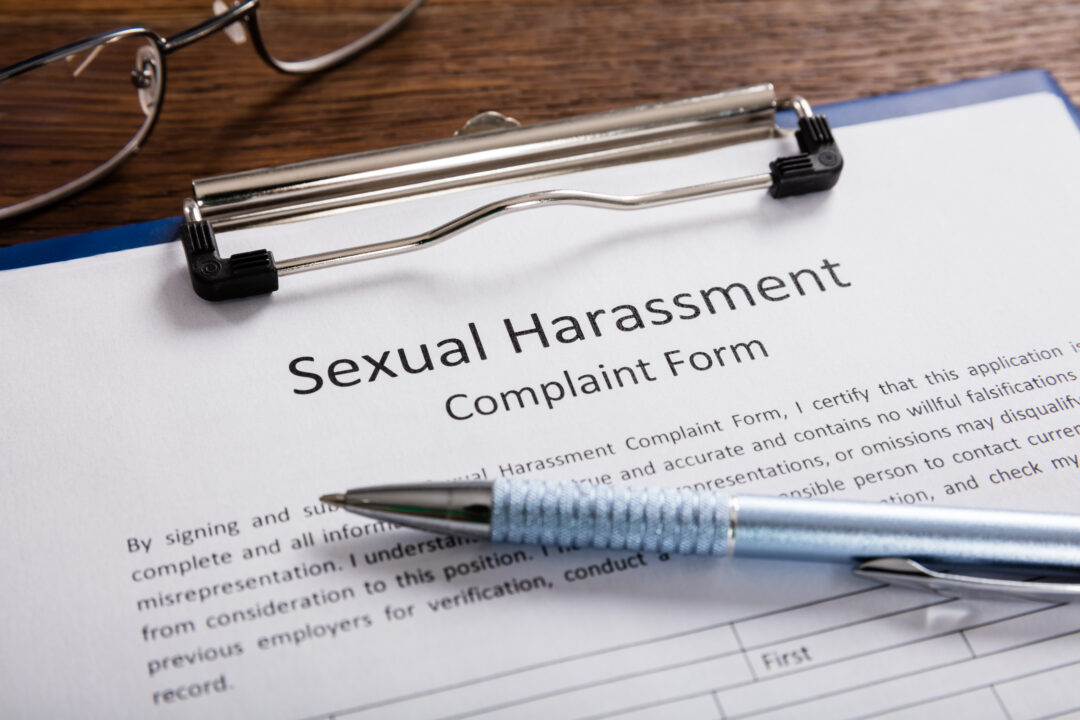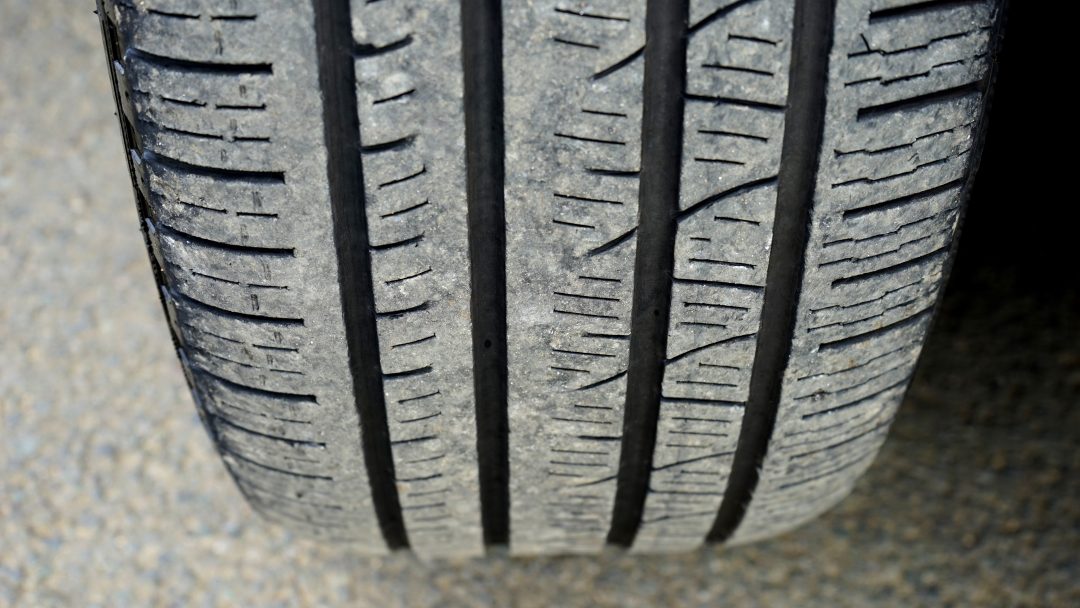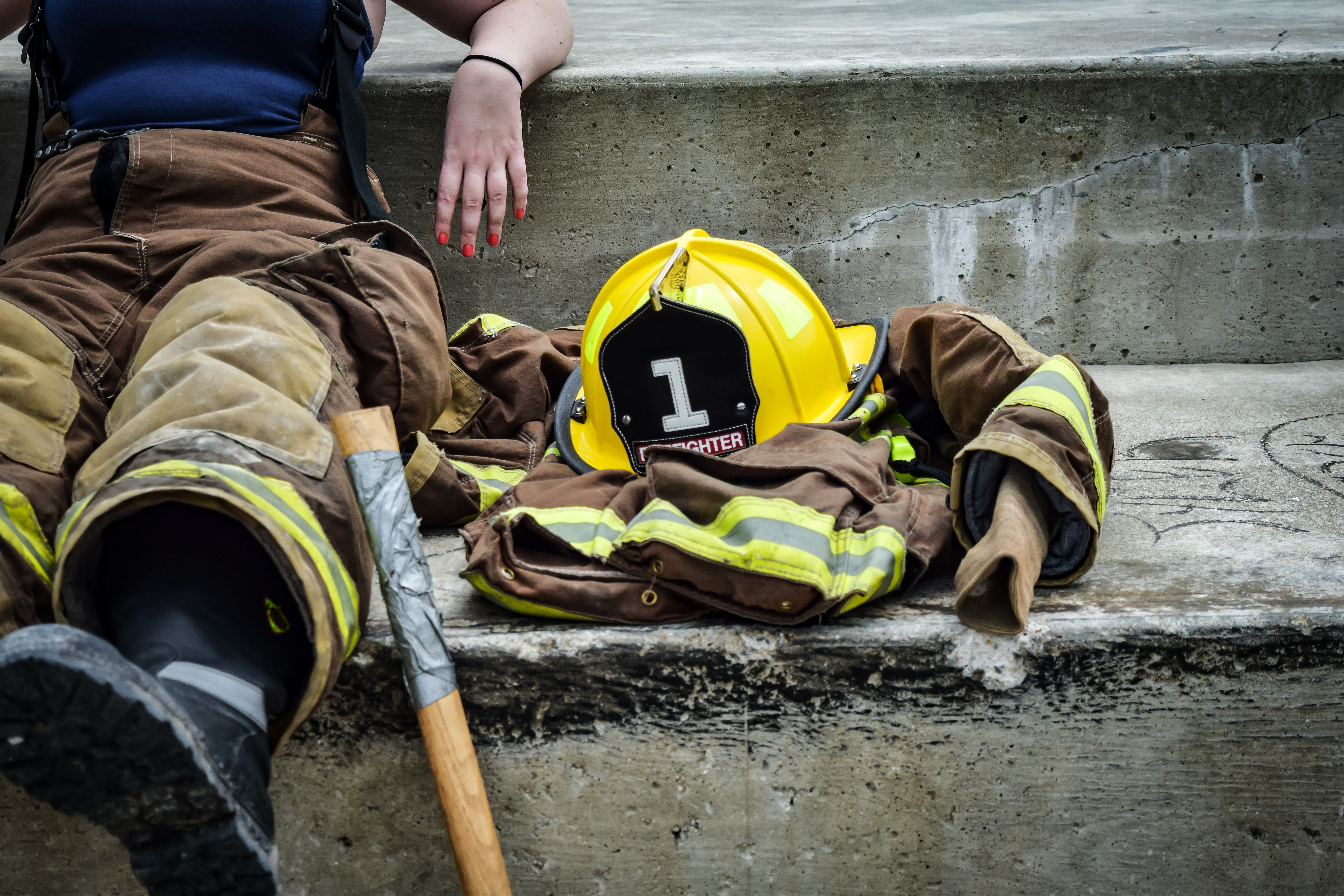We have a new public health crisis that impacts firefighters and EMS personnel throughout the United States. The Center for Disease Control (CDC) reported that over 33,000 persons died nationally in 2015 from opioid overdoses, including overdoses from the synthetic opioid fentanyl, and fentanyl-related substances. For comparison purposes, in the United States during the same year, 38,300 people died in motor vehicle accidents.
Among these drug overdose deaths nationally, Illinois had the third fastest-rising death rate from synthetic opioids, with overdoses rising by 120 per cent from 2014 to 2015.
These overdose deaths are not limited to any one part of the state. In 2015, the Chicago suburban area of Will County recorded 53 overdose deaths linked to heroin and fentanyl more than the 51 deaths caused by traffic accidents. In Cook County, 526 heroin and fentanyl deaths were more than double the county’s 240 traffic fatalities.
At the other end of the state, in Madison County’s Granite City, earlier this summer, a twenty-five year old mother allowed her seventeen-month old son to ingest fentanyl and methamphetamine. The mother was found unresponsive from her own drug overdose in her home, with the child in her arms. Firefighters and EMS personnel are often the first on the scene to respond to these tragic emergencies.
This dramatic rise in opioid deaths merits attention from firefighters and EMS personnel for a number of reasons. As citizens, we need to be concerned about what is becoming a national public health crisis. As the first responders, we need to know how to treat the victims of these drug overdoses. Because EMS personnel and firefighters can be susceptible to opioid addiction just as other members of society, we need to protect ourselves and brother and sister firefighters/EMTs from the tragedy of addiction.
But there is an additional reason that this crisis demands our attention: we need to protect ourselves from incidental exposure to these opioids when we respond to an emergency involving a drug overdose. According to the DEA’s June, 2017, Briefing Guide for First Responders: “Due to their hazardous nature, fentanyl and fentanyl-related substances pose a significant threat to … first responders, including fire and emergency medical personnel… accidental exposure by first responders is a real danger’.
Just what are the drugs causing this concern? Heroin, like opium and morphine, is an addictive drug made from the resin of poppy plants. Fentanyl is a synthetic opioid that is approximately fifty times more potent than heroin. Fentanyl can be found in powder, pill and liquid form. The numbers needed to describe the toxicity of this drug are perhaps beyond our ability to comprehend. Two to three milligrams of fentanyl (a measurement equivalent to five to seven grains of table salt) is enough to cause respiratory depression, arrest, and in some cases death. Another member of the same synthetic opioid family, carfentanil, is 5,000 times more potent than morphine, and one hundred times more potent than fentanyl!
The powder form of the drug fentanyl is the most troubling for first responders. Because fentanyl in its powder form can be inadvertently inhaled through the nose or mouth, and absorbed through the skin, or if airborne, absorbed into the eyes, first responders must treat any substance suspected to contain fentanyl with caution, since exposure to a small amount can lead to significant health-related complications, respiratory depression, or death.
But there is an additional reason that this crisis demands our attention: we need to protect ourselves from incidental exposure to these opioids when we respond to an emergency involving a drug overdose.
Despite these DEA warning described above, some experts have suggested that the dangers to first responders from skin contact alone with fentanyl may be exaggerated. Typically fentanyl isn’t absorbed from incidental skin contact into the blood stream quickly or efficiently enough to constitute a significant hazard. There is more agreement that inhalation of the powder form of fentanyl, and contact with mucous membranes, are more likely dangers.
The risk may also be less since fentanyl and other illicit drugs are often diluted or “cut” with inert materials. Because of this, exposure of first responders to pure forms of synthetic opioids is less likely. However, such mixing is seldom done with pharmaceutical precision. Inconsistent mixing of these drugs means that high concentrations of synthetic opioids may still be encountered, and small amounts can still be dangerous.
So what should fire departments and EMS providers do to address these issues? It is suggested that personnel who may respond to overdose emergencies need to be educated about the dangers, and provided with proper personal protection equipment. Appropriate protocols and “standard operating guidelines” need to be developed.
Training will need to include recognition of the symptoms of fentanyl exposure. These symptoms may include respiratory depression or arrest, drowsiness, disorientation, sedation, pinpoint pupils, and clammy skin. These symptoms usually occur within minutes of exposure. Because fentanyl and related substances can work very quickly, it is important to react quickly if exposure is suspected.
Response may include the administration of naloxone. Naloxone is an antidote for opioid overdose. Immediately administering naloxone can reverse an opioid overdose. Depending on the drug’s purity and potency, multiple doses of naloxone may be required to stabilize the victim.
Collection of any suspected drug samples should be coordinated with law enforcement personnel. It is recommended that law enforcement, rather than firefighters or EMS personnel, take the lead in collection and preservation of any suspected drugs located at the scene of a suspected overdose, regardless of the drug involved.






